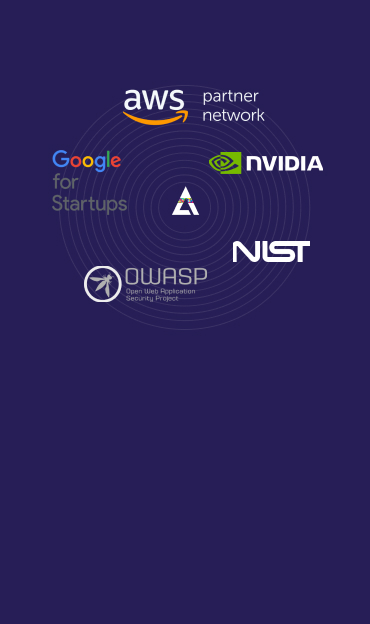How we can help with AI risk management
Our team of security professionals has deep knowledge and considerable skills in cyber security, AI algorithms, and models that underlie any content moderation system. Your algorithms can be tested against the most critical AI vulnerability categories that include Evasion, Poisoning, Inference, Trojans, Backdoors, and others.
We offer Solutions for Awareness, Assessment, and Assurance areas to provide 360-degree end-to-end visibility on the AI threat landscape.
- Secure AI Awareness to demonstrate AI risks and shape AI governance strategy. It consists of Policy Checkup, AI Risks Training Threat Intelligence for informed decisions.
- Secure AI Assessment helps to perform AI integrity validation and identify AI vulnerabilities through Threat Modeling, Vulnerability Audit, and automated AI Red Teaming.
- Secure AI Assurance helps to remediate AI risks and implement a lifecycle for AI integrity. It consists of Security Evaluation, Risk Mitigation, and Attack Detection.



